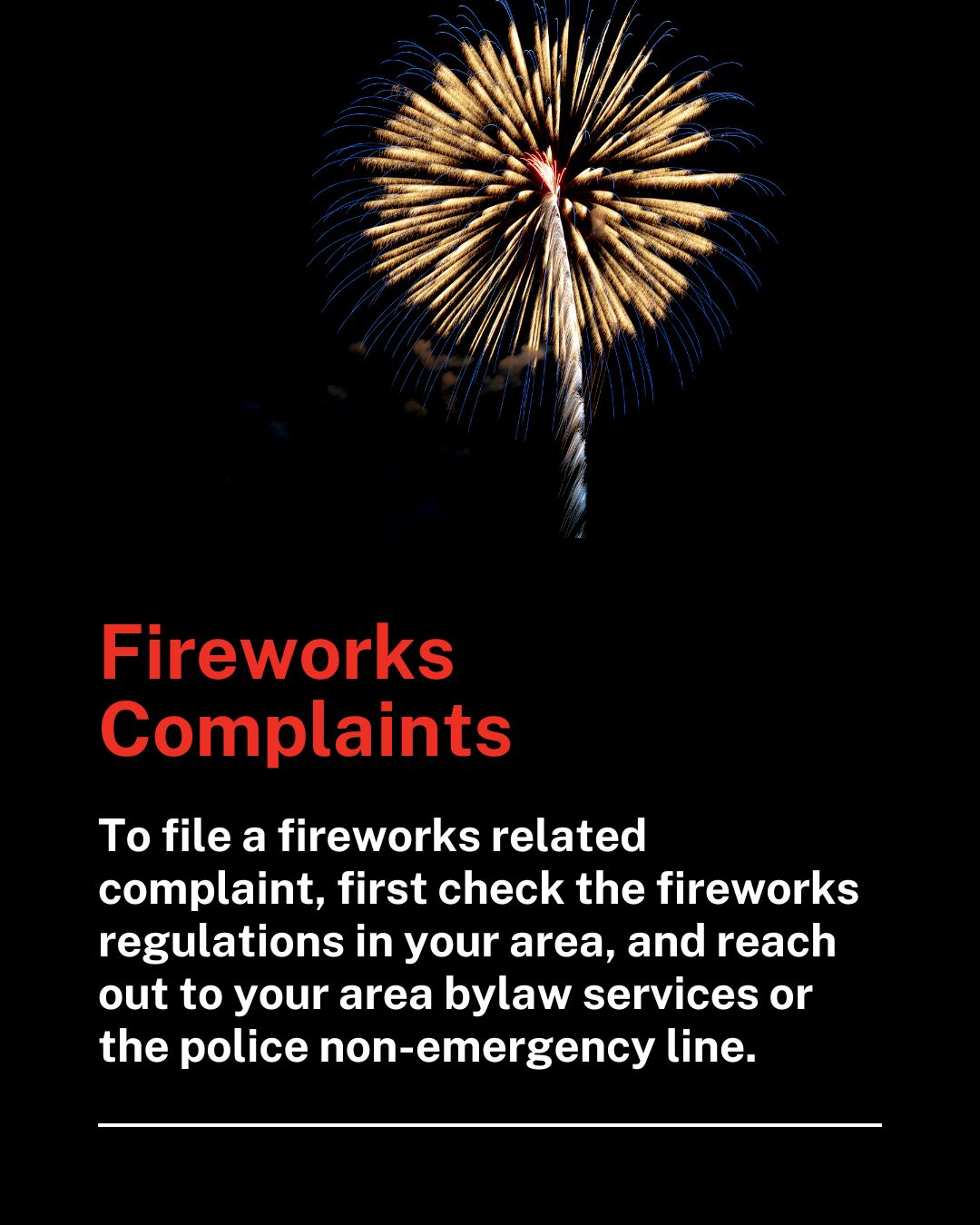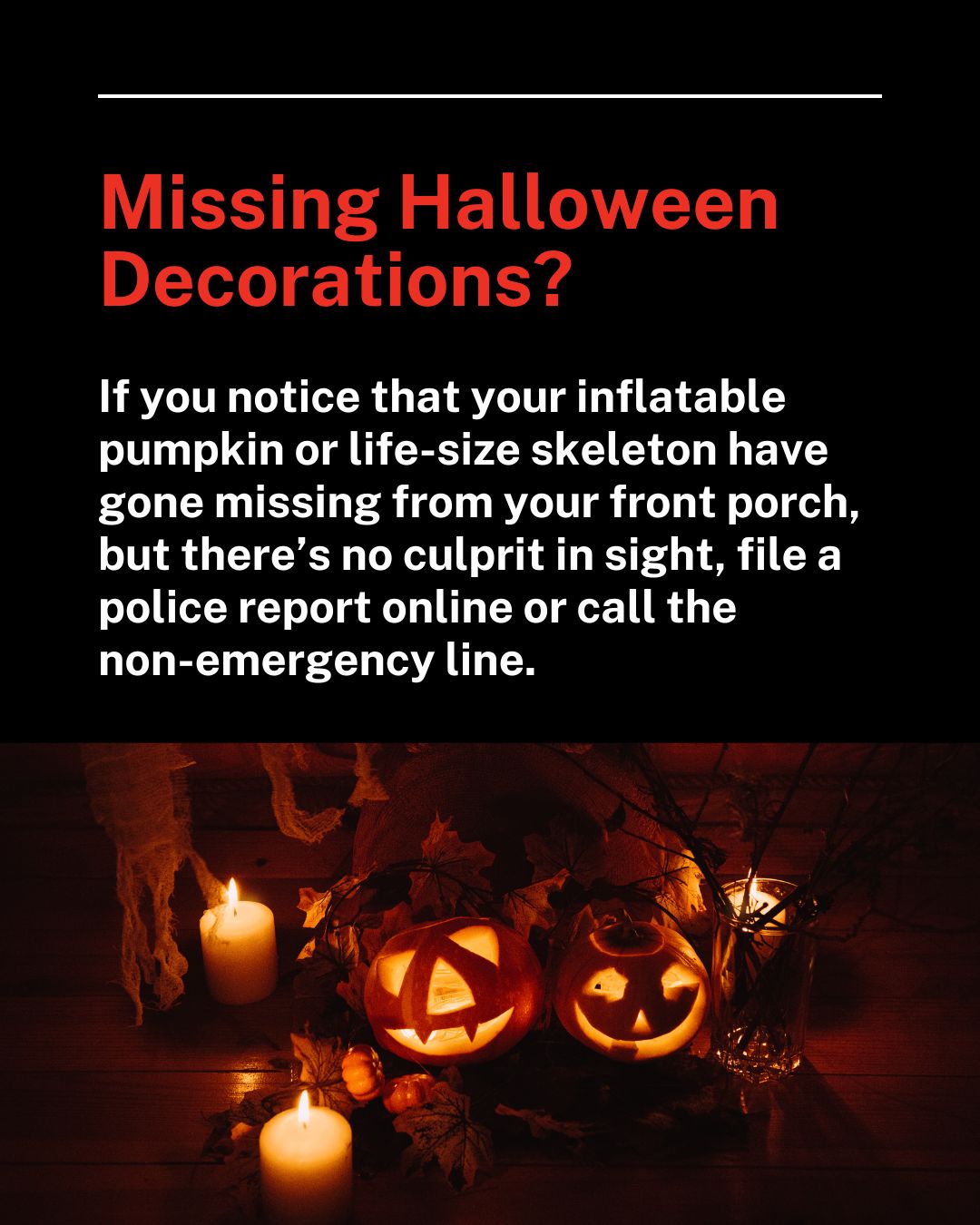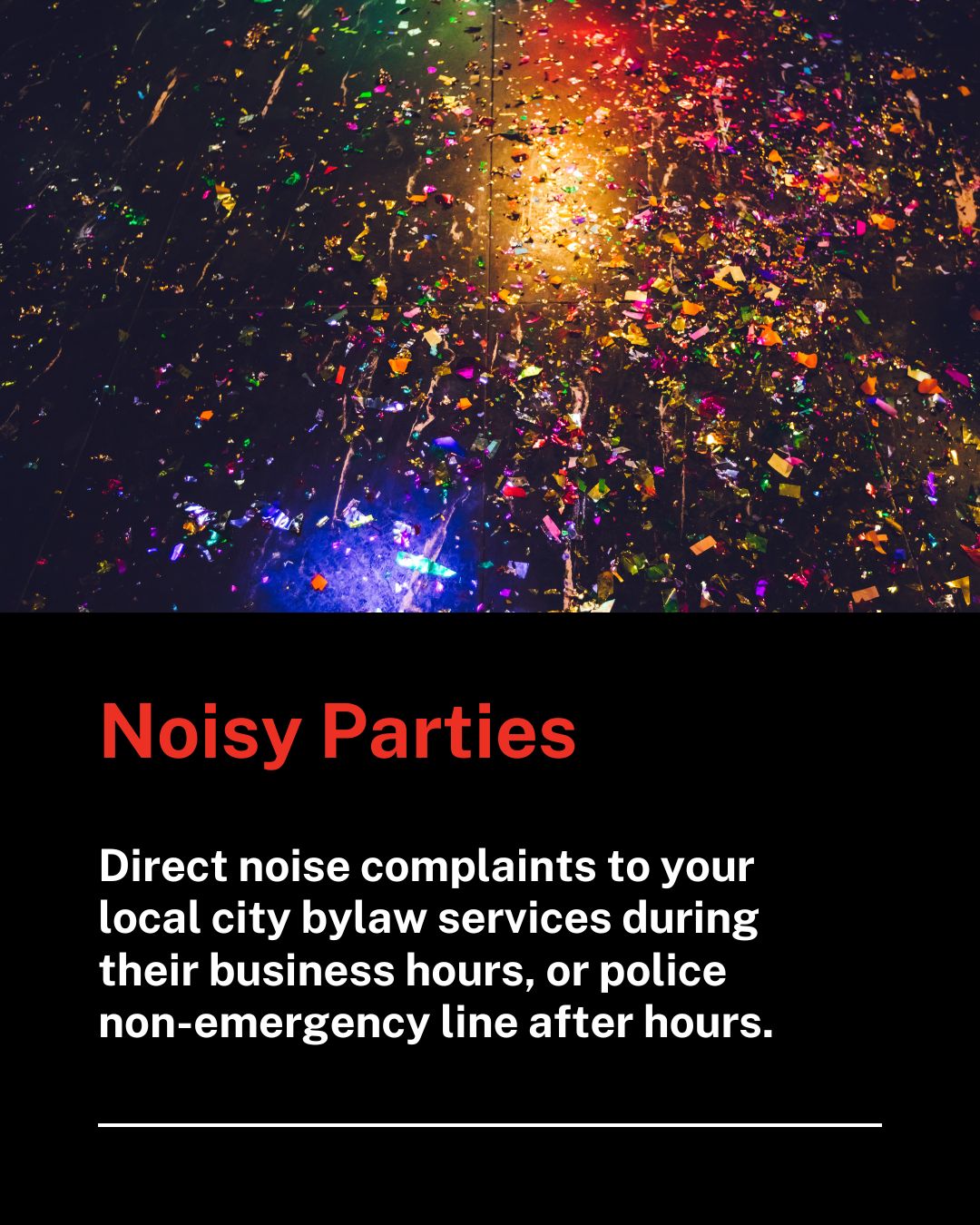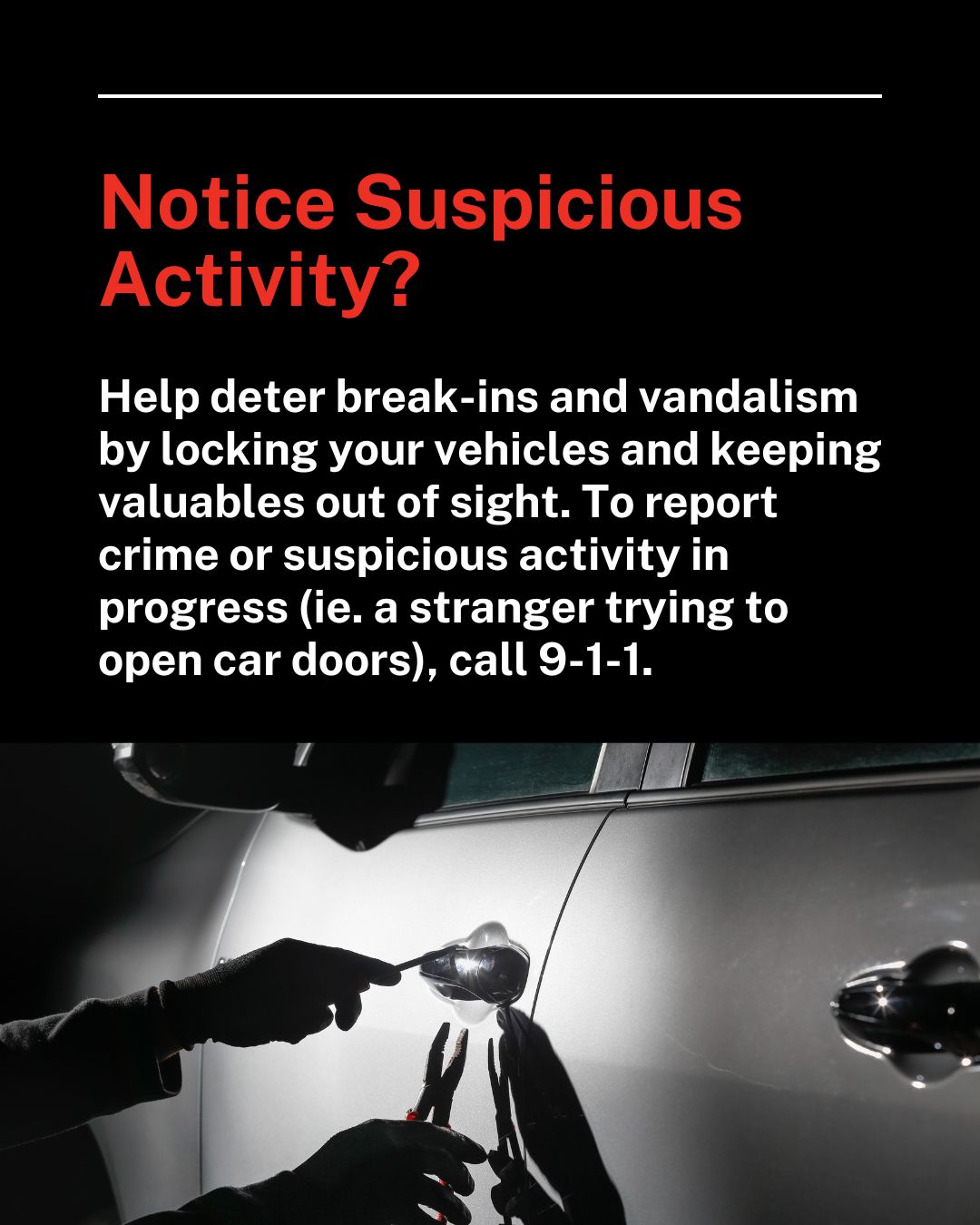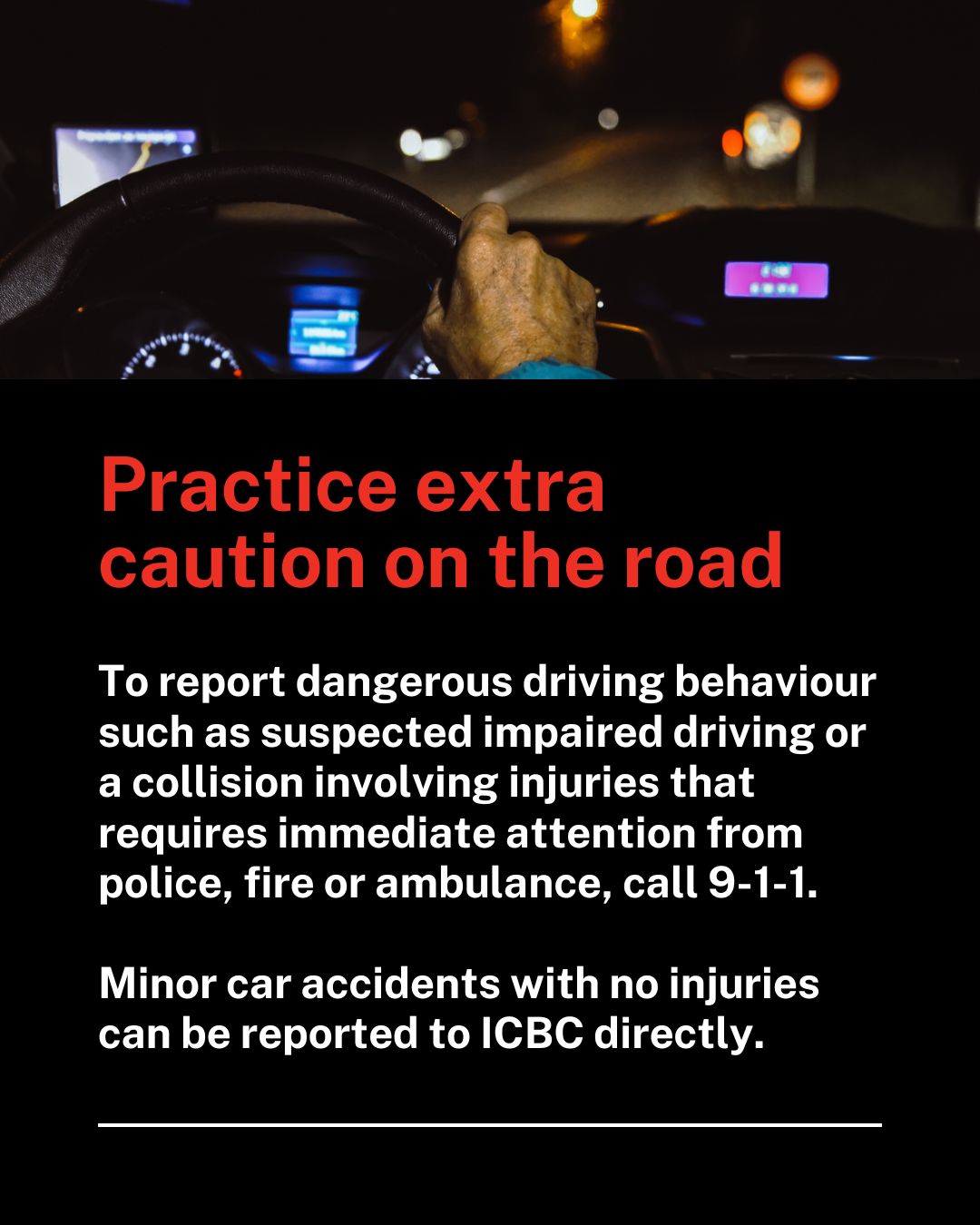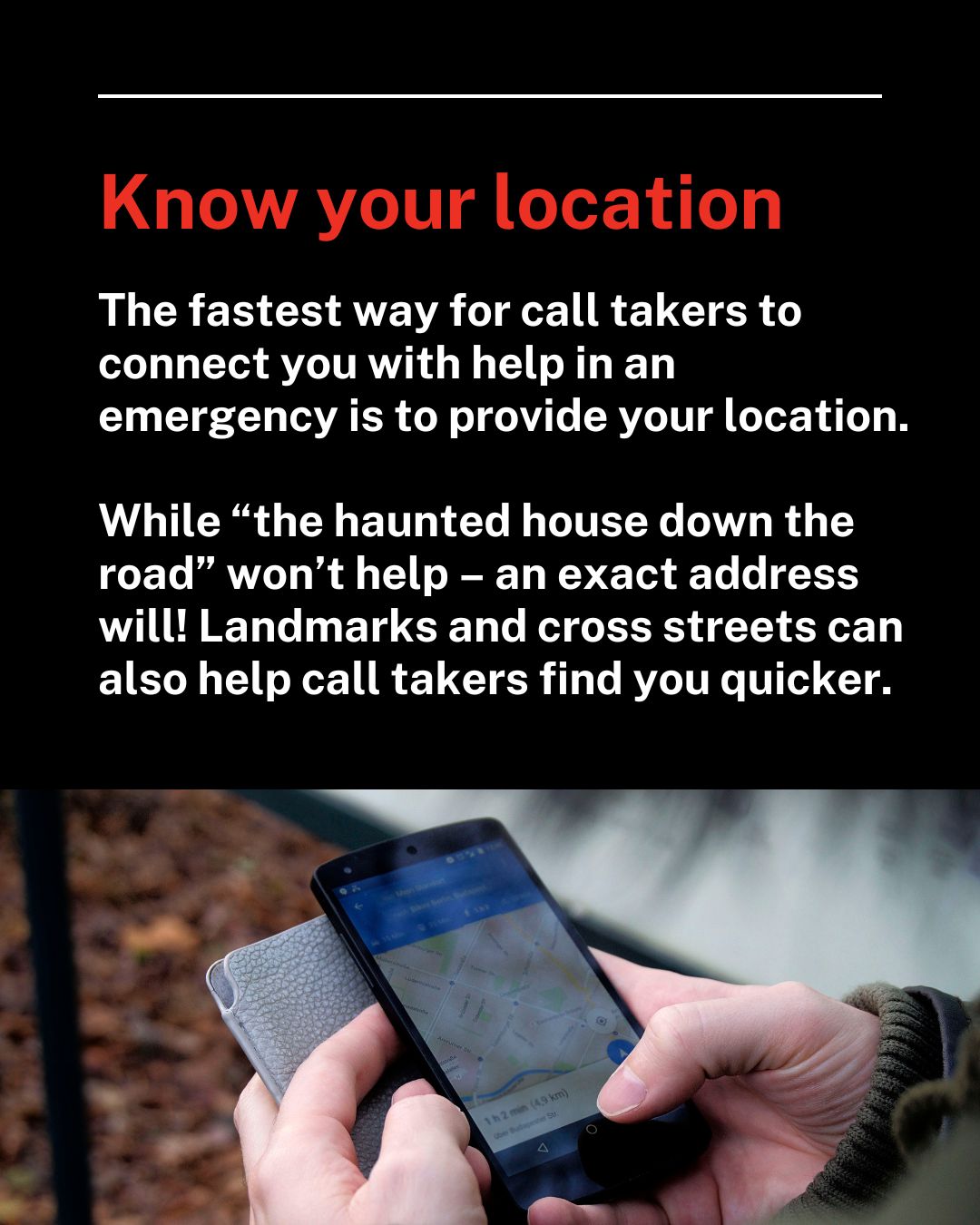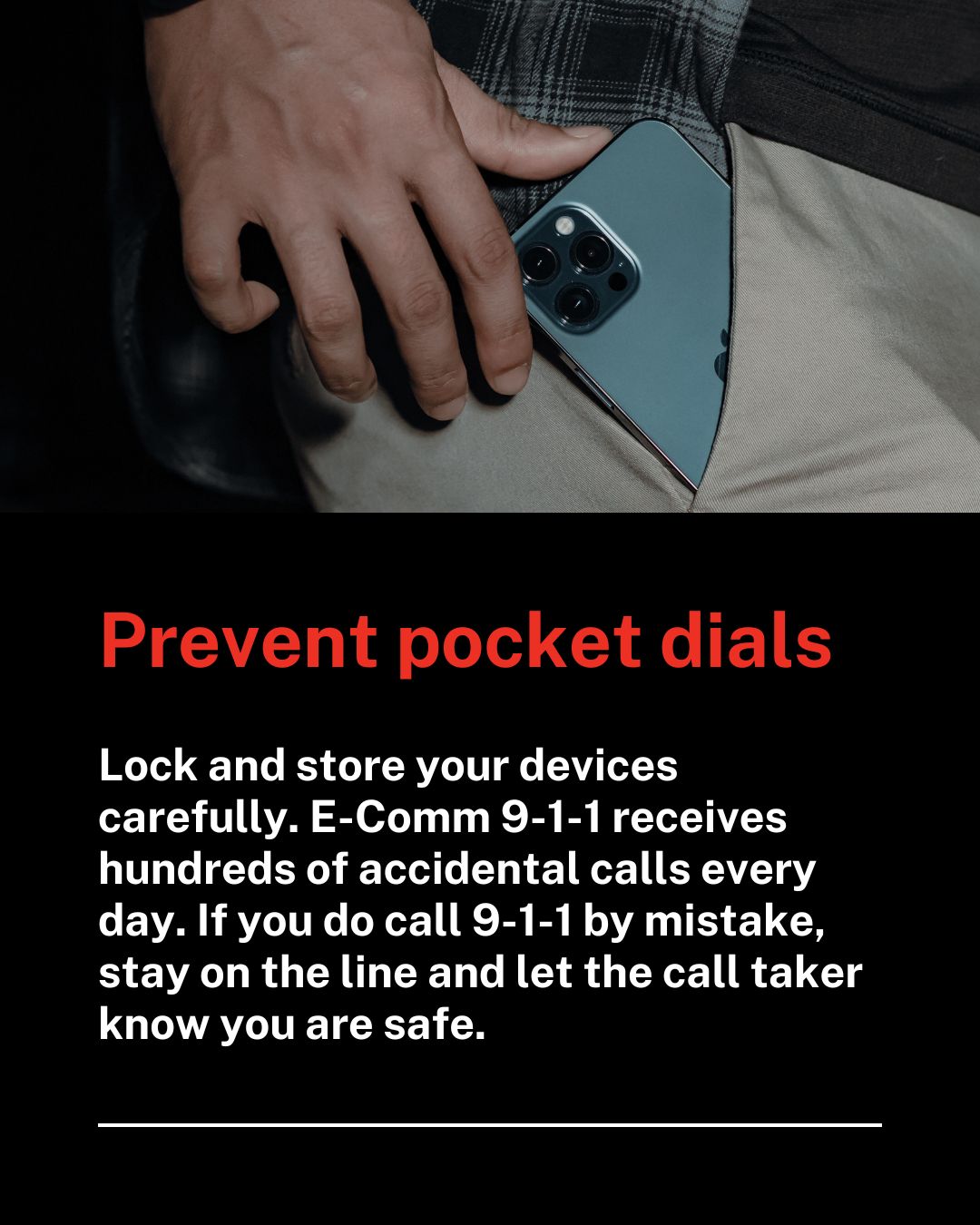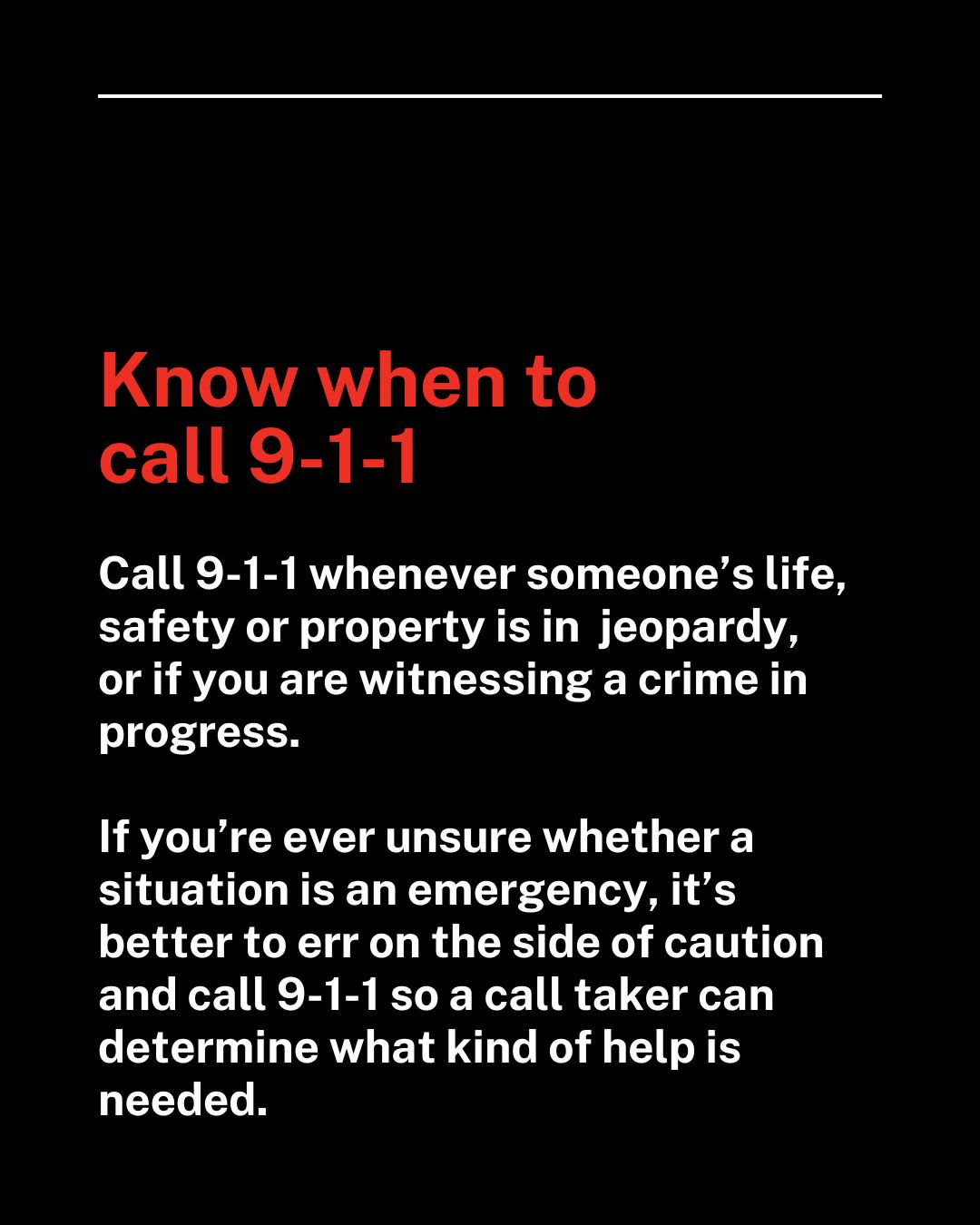E-Comm staff earn two national awards for emergency communications
Fire Dispatch Team and Trainer honoured for exceptional contributions to public safety
The Association of Public-Safety Communications Officials (APCO) Canada has recognized E-Comm employees with two prestigious national awards for exemplary efforts in emergency communications.
Outstanding response and coordination to “firestorm” in Vancouver
The Team Award recognizes members of E-Comm’s Fire Dispatch team for their extraordinary level of professionalism, remarkable coordination and unwavering resilience during one of the most challenging fire response operations in E-Comm’s history.

Fire Charge Dispatcher Corey Kelso and Fire Dispatcher Gurvinder Sandhu with the APCO Team Award
On August 6, 2024 the Fire Dispatch team managed multiple large structure fires across Vancouver, resulting in a flood of 9-1-1 calls to E-Comm. The unprecedented situation included a four-alarm blaze that spread to eight homes, followed by reports of explosions and a crane collapse, creating immense pressure on all involved.
Despite these challenges, the team on shift rose to the occasion, coordinating closely with E-Comm call takers, Vancouver Police Dispatch team, multiple fire departments and partner agencies, ensuring units were deployed safely and effectively. Their teamwork and professionalism enabled a rapid, coordinated response that minimized risk to both the public and first responders, exemplifying the very best of emergency communications.
“The E-Comm Fire Dispatch team is so deserving of this national recognition for their outstanding work coordinating the emergency response during the Dunbar fire, a fire so large that it created its own firestorm,” says Vancouver Fire Rescue Services Fire Chief Karen Fry. “The work dispatchers do behind the scenes to disseminate critical information and provide steadfast support for the community and first responders is profoundly appreciated by the Vancouver Fire Rescue Services.”
“When confronted with an extraordinary night of multiple structure fires and operational firsts, the Fire Dispatch team responded with confidence, clarity, and composure,” says E-Comm’s Vice-President of Operations Stephen Thatcher. “Their seamless coordination and exemplary dedication embody the spirit of excellence that is justifiably reflected in the team being awarded this year’s APCO Canada’s Team Award.”
Fire Dispatch team members recognized as part of APCO Canada’s Team Award include Afton Brooker, Corey Kelso, Gurvinder Sandhu, Jeff Chin, Jennifer Fitzgibbons, Maya Jokhi, Pavi Thind and Susan Shorting.
Vancouver Island Trainer recognized for compassionate mentorship
In addition to the Team Award, Tanya Silletta has been named APCO Canada’s Trainer of the Year. Tanya has been with E-Comm’s Vancouver Island emergency communications centre for six years, including five years with the Training team. Tanya has directly trained more than 100 police call takers and 50 police dispatchers, shaping over 74 per cent of E-Comm’s current staff at the Vancouver Island centre.
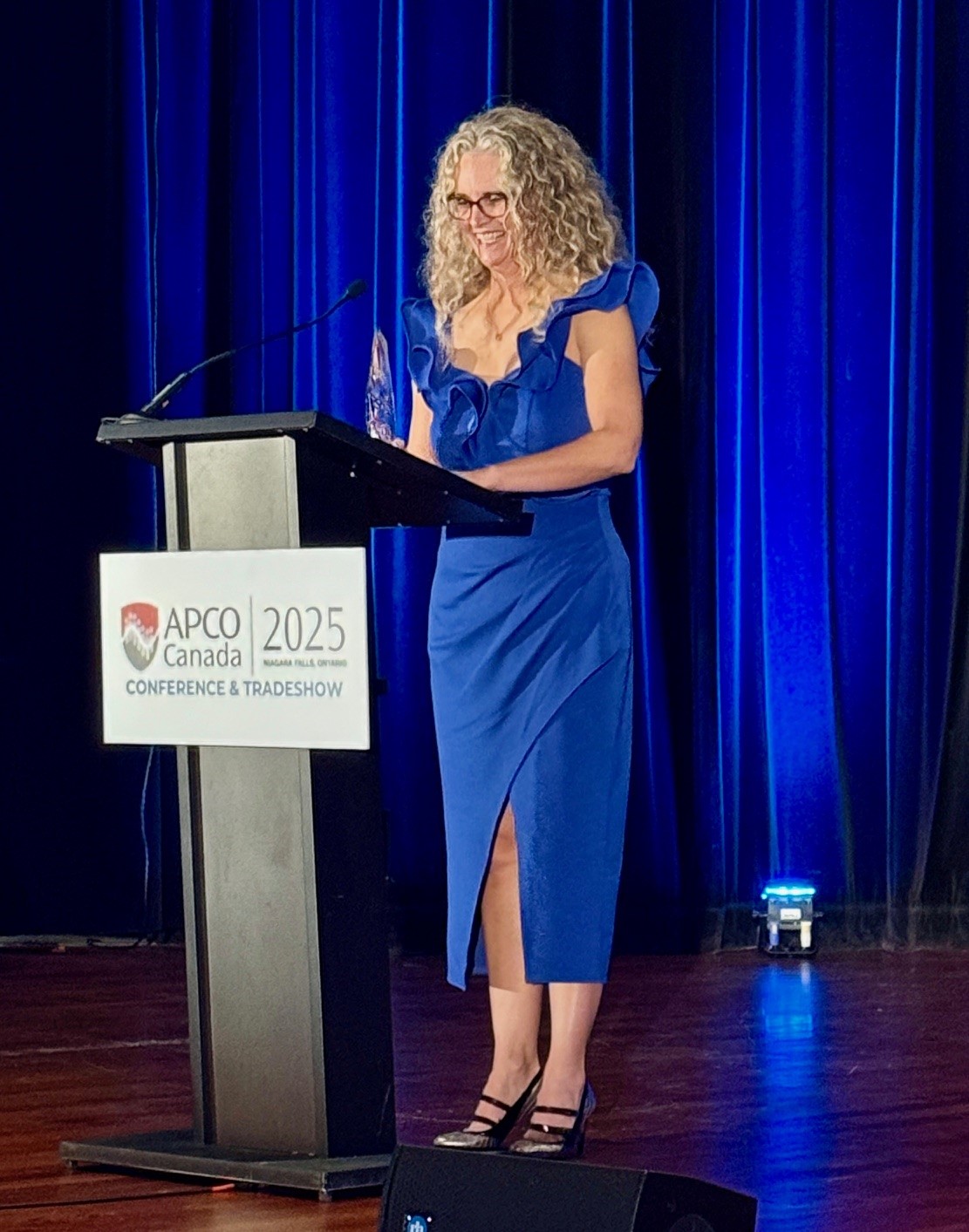
Trainer Tanya Silletta accepting the APCO Trainer of the Year Award at the APCO Canada 2025 Awards Reception
Tanya is widely recognized for her compassion, patience and dedication to mentorship. She ensures that new staff are supported throughout their training and beyond, providing guidance, coaching and resources to help them succeed in high-pressure emergency communications roles.
“It’s wonderful to see Tanya’s passion for helping others grow—both at E-Comm and at the Canadian Police College—recognized in this manner,” says E-Comm’s Vice-President of Operations Stephen Thatcher. “Her outstanding commitment and contributions to developing public safety communicators throughout her 30-year career in emergency communications are truly deserving of celebration on the national stage.”
Congratulations to Tanya Silletta and the Fire Dispatch team for these remarkable achievements—each a shining example of leadership, teamwork and excellence in public safety communications.


